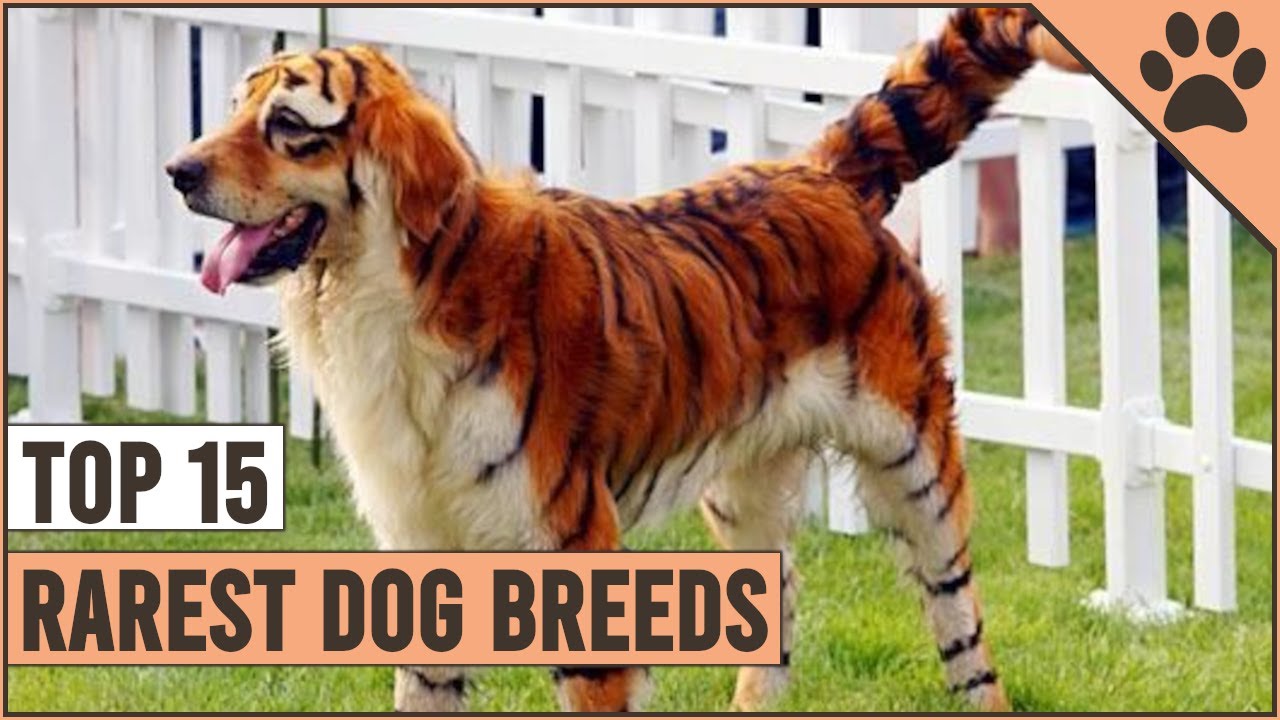Introduction: Exploring the Uniqueness
Dogs, often referred to as man’s best friend, come in various shapes, sizes, and breeds. While some are popular household names, there exist rare breeds that are like hidden gems in the vast world of canines. In this article, we’ll embark on an exciting journey to uncover some of the rarest dog breeds of all time, each possessing its own charm, history, and distinct characteristics.
The Norwegian Lundehund: A Puffin Hunter’s Companion
The Norwegian Lundehund, also known as the Puffin Dog, is a breed with remarkable physical features. Their flexible joints and six-toed feet make them exceptional climbers, perfectly suited for hunting puffins along the Norwegian coast.
Cultural Significance
Originally bred for hunting, the Lundehund holds a special place in Norwegian culture. Its ability to navigate rugged terrain and squeeze through narrow passages made it indispensable for locals.
The Azawakh: An Elegant Sight Hound from Africa
The Azawakh, native to West Africa, is admired for its slender build and elegant gait. These sight hounds are renowned for their speed and agility, making them formidable hunters in the Saharan desert.
Loyalty and Affection
Despite their hunting prowess, Azawakhs are deeply devoted to their families. Their loyal and affectionate nature makes them cherished companions, particularly among nomadic tribes in Africa.
The Catalburun: The Turkish Pointer with a Unique Split Nose
The Catalburun, a rare Turkish breed, is instantly recognizable by its distinctive split nose. This unusual trait is a result of a genetic mutation, setting the Catalburun apart from other pointing breeds.
Exceptional Hunting Skills
Renowned for their keen sense of smell and exceptional hunting abilities, Catalburuns excel in tracking game in the rugged terrain of Turkey. Their unique nasal structure is believed to enhance their olfactory capabilities.
The Mudi: Hungary’s Versatile Herding Dog
The Mudi, originating from Hungary, is a versatile herding dog known for its agility and intelligence. Despite being a rare breed, Mundis are highly skilled in various canine sports and excel in obedience and agility trials.
Loyal Guardian
Beyond their herding instincts, Mudis are fiercely loyal to their families and make excellent watchdogs. Their alert nature and quick reflexes make them adept at protecting their home and loved ones.
The Thai Ridgeback: A Distinguished Breed from Southeast Asia
The Thai Ridgeback is characterized by a distinctive ridge of hair that runs along its back in the opposite direction to the rest of its coat. This rare feature sets it apart from other breeds and gives it a regal appearance.
Ancient Origins
Originating in Thailand, these dogs have a rich history dating back centuries. Thai Ridgebacks were valued for their hunting prowess and served as loyal companions to farmers and villagers.
Conclusion: Celebrating Diversity in the Canine World
In conclusion, the world of dogs is as diverse as it is fascinating, with rare breeds adding a touch of mystery and allure. From the Norwegian Lundehund to the Thai Ridgeback, each rare breed brings its own unique qualities and cultural significance. By celebrating these rare gems, we not only honor their heritage but also appreciate the remarkable diversity of the canine world.
FAQs
1. Are rare dog breeds suitable for families?
Rare dog breeds can make excellent family pets, provided they receive proper training, socialization, and care.
2. Where can I find rare dog breeds for adoption?
Rescue organizations, breed-specific shelters, and reputable breeders are good places to start when looking to adopt rare dog breeds.
3. Are rare dog breeds prone to health issues?
Like any other breed, rare dog breeds may have specific health concerns. It’s essential to research thoroughly and consult with a veterinarian familiar with the breed before bringing one home.
4. Do rare dog breeds require special care?
While some rare breeds may have unique needs due to their genetic makeup or historical background, most can thrive with regular exercise, proper nutrition, and regular veterinary care.
5. How can I support the preservation of rare dog breeds?
Supporting breed clubs, participating in breed-specific events, and advocating for responsible breeding practices can help preserve rare dog breeds for future generations to enjoy.
